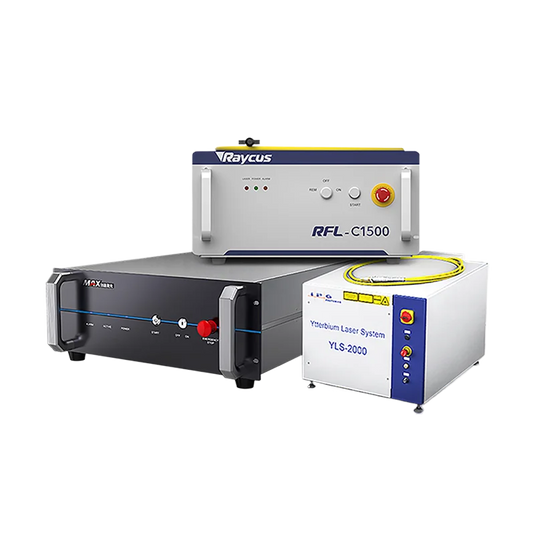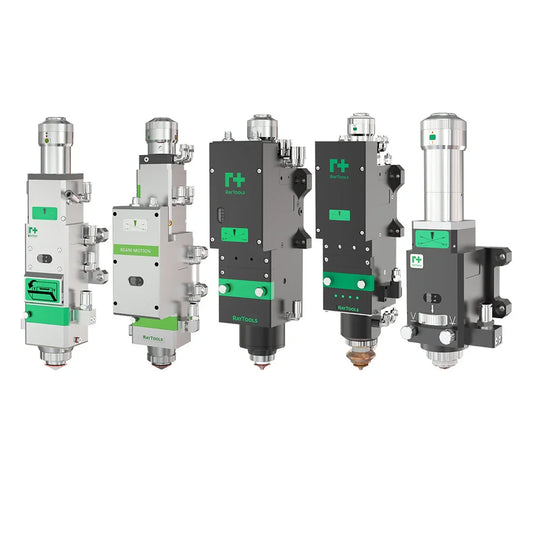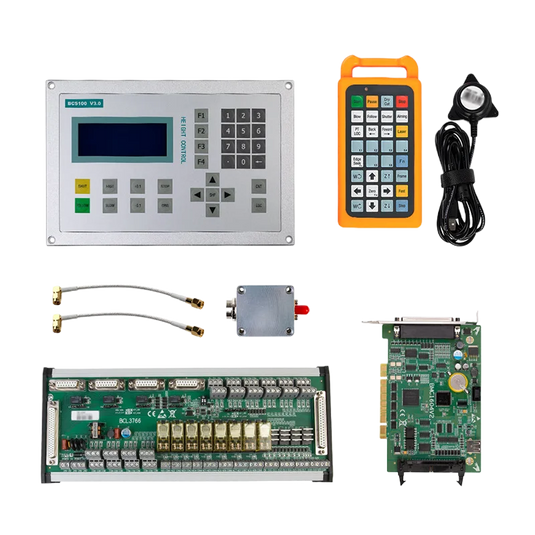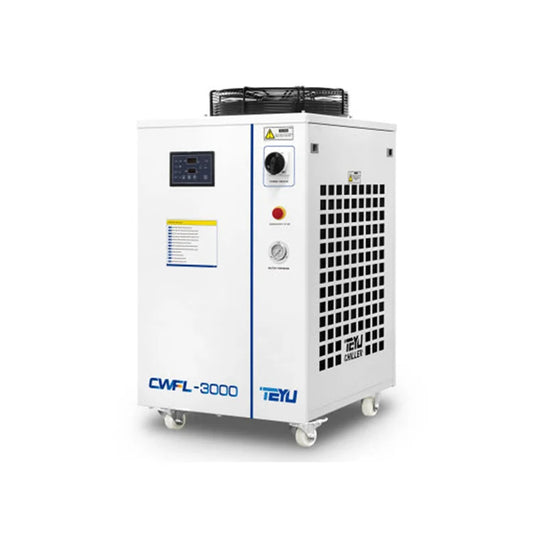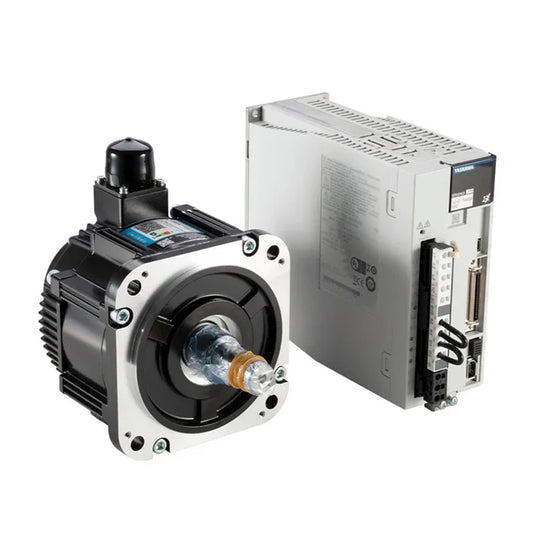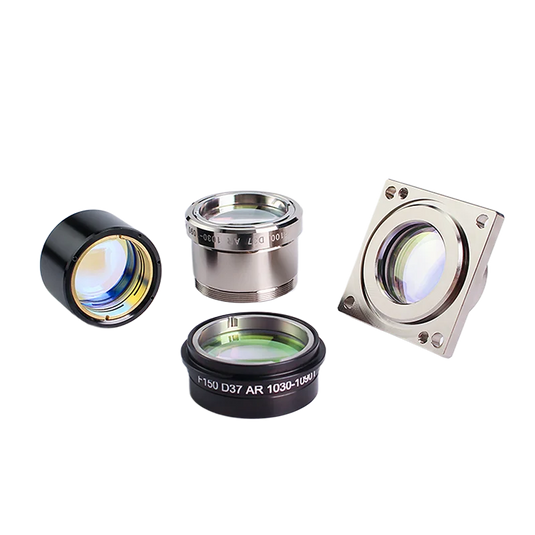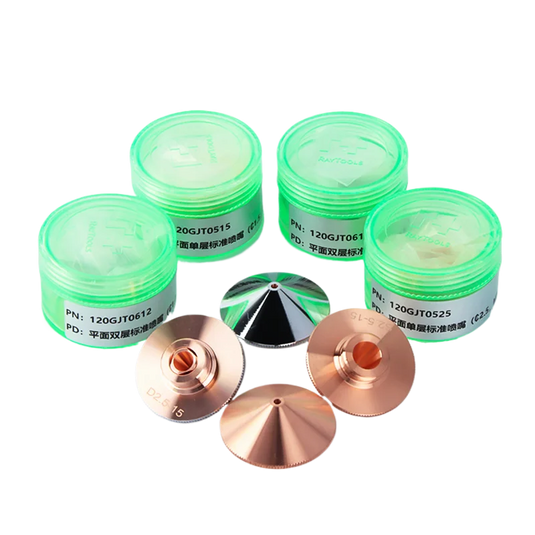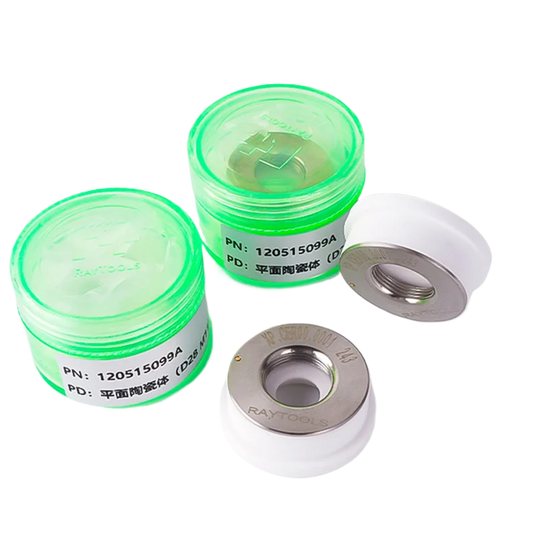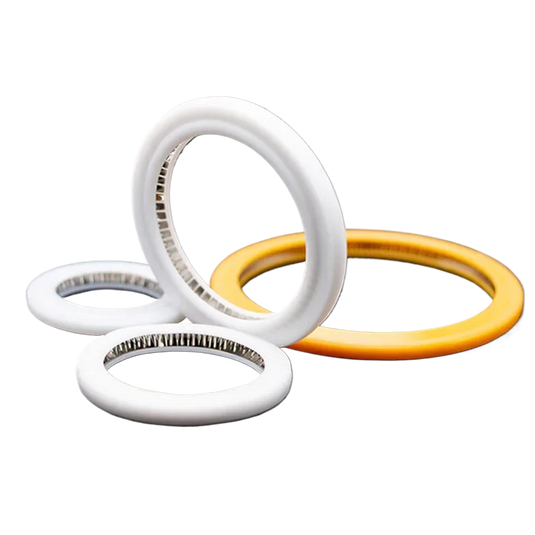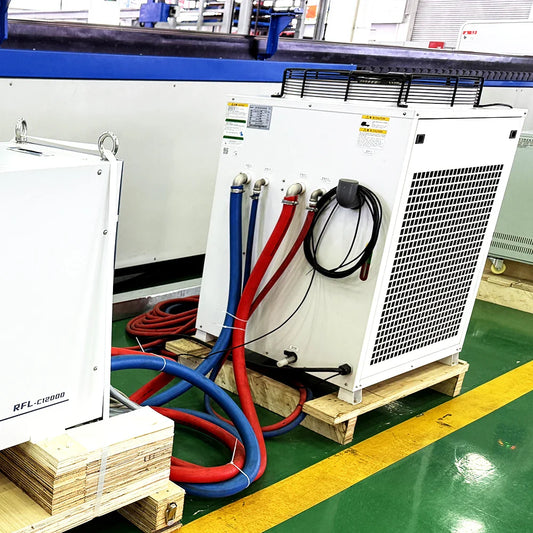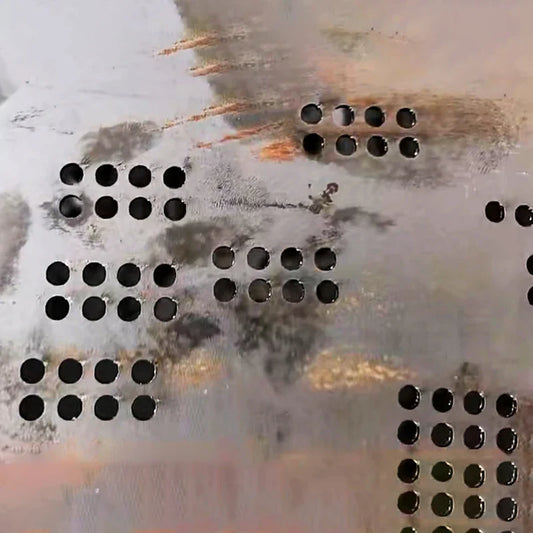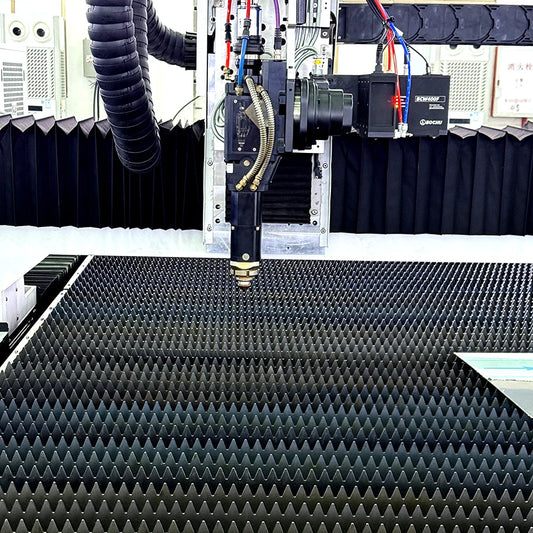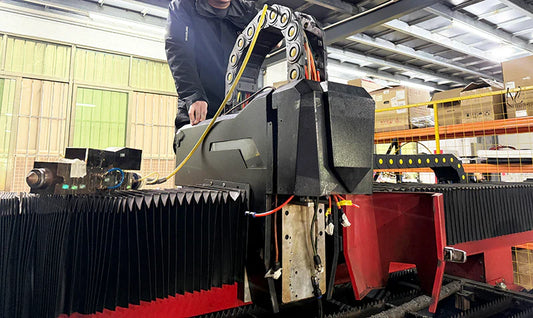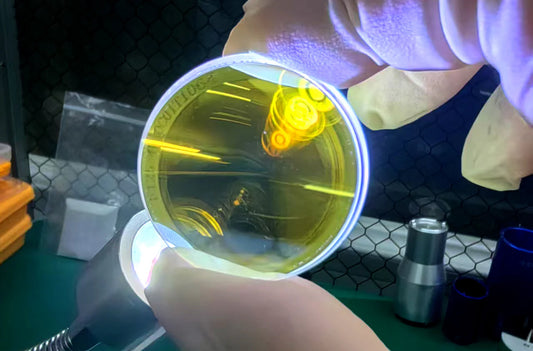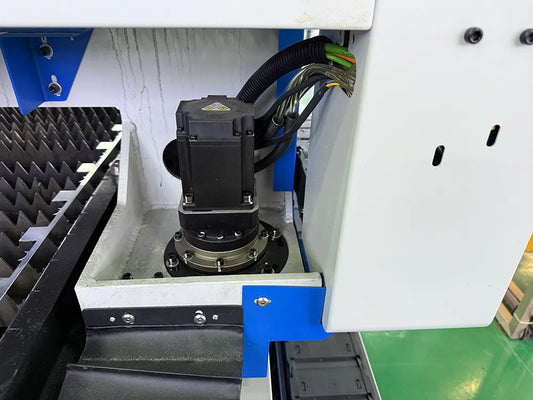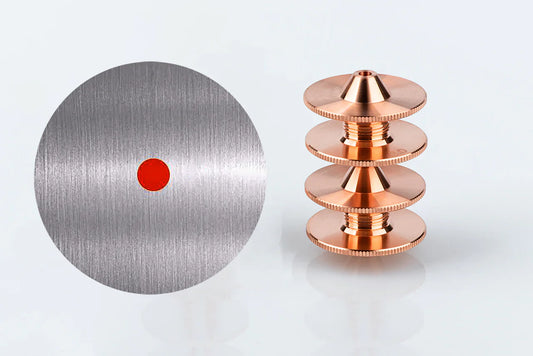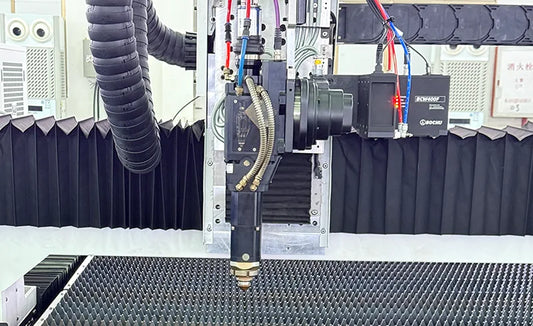Optimizing Laser Cutting: Parameter Settings for Materials & Thicknesses
Precision and efficiency in laser cutting are strongly dependent on the precise parameter settings, which are suited to the material and thickness being cut. This article delves into crucial parameters and offers tips for optimising your laser cutting processes.
Understanding the Fundamentals of Laser Cutting Parameters
Before delving into material-specific parameters, it's vital to understand the basic variables that govern laser cutting:
- Laser Power: The more powerful the laser, the thicker the material it can cut. However, using too much power on thin materials might result in overheating or poor-quality cuts.
- Cutting Speed: This refers to how quickly the laser beam goes across the material. A slower pace allows for deeper cuts but might cause overheating, whereas a higher speed may result in incomplete cuts.
- Gas Pressure and Type: The gas utilised helps to blast away molten material, avoiding re-adherence. Oxygen is used for carbon steel, nitrogen for stainless steel and aluminium, and air for less demanding applications.
- Nozzle Height: The distance between the nozzle and the material surface influences cut quality. Too near may harm the nozzle, while too far may impair efficiency.
- Focal Position: The position in which the laser beam is focused on the material influences the cut quality. To achieve the best results, adjust the focus location for varied materials and thicknesses.
Parameter Settings for Various Materials and Thicknesses
Mild Steel
1-5 mm Thickness
- Power: 500-1000W
- Speed: 6-10 metres per minute
- Gas: Oxygen at 0.8 to 1.2 bar
- Nozzle Height: 1-1.5 mm
- Focal Position: At or slightly beneath the surface
5-10 mm Thickness
- Power: 1000-2000W
- Speed: 3-6 metres per minute
- Gas: Oxygen at 1.2-1.5 bar
- Nozzle Height: 1.5-2 mm
- Focal Position: Below the surface
Stainless Steel
1-3 mm Thickness
- Power: 500-1000W
- Speed: 5-8 m/min
- Gas: Nitrogen (1.5-2 bar)
- Nozzle Height: 1-1.5mm
- Focal Position: At the surface
3-8 mm Thickness
- Power: 1000-2000W
- Speed: 3-5 metres per minute
- Gas: Nitrogen at 2-2.5 bars
- Nozzle Height: 1.5-2mm
- Focal Position: Slightly below the surface
Aluminium
1-3 mm Thickness
- Power: 1000–1500W
- Speed: 4–7 m/min
- Gas: Nitrogen, 2-2.5 bar
- Nozzle Height: 1-1.5 mm
- Focal Position: At the surface
3-8 mm Thickness
- Power: 1500-3000W
- Speed: 2-4 metres per minute
- Gas: Nitrogen at 2.5-3 bars
- Nozzle Height: 1.5-2mm
- Focal Position: Slightly below the surface
Brass
1-1.5 mm Thickness
- Power: 500-1000W
- Speed: 5-8 metres per minute
- Gas: Nitrogen, 1.5-2 bar
- Nozzle Height: 1-1.5mm
- Focal Position: At the surface
1.5-3 mm Thickness
- Power: 1000-2000W
- Speed: 3-5 metres per minute
- Gas: Nitrogen at 2-2.5 bars
- Nozzle Height: 1.5-2mm
- Focal Position: Slightly below the surface
Tips for Adjusting Parameters
- Trial and Error: Begin with the suggested specifications for new materials or thicknesses and modify based on the findings.
- Monitor Cutting Quality: Inspect cut surfaces for symptoms of poor quality, such as burrs or uneven cuts, and modify settings as needed.
- Maintain Equipment: Ensure that your laser cutting machine is properly maintained. To obtain the best results, clean the optics, inspect the gas lines for leaks, and check the laser beam alignment.
Keep Your Operations Running Smoothly with Pendstar!
As a trusted leader in laser cutter parts and consumables for 20+ years, we deliver 100% genuine original replacements with 3-day shipping from our global warehouses. Partnered with RAYCUS, BOCHU, MAX, WSX, and other 30+ top brands, we guarantee compatibility, quality, and rapid solutions for every repair. Whether you’re in the USA, Germany, Italy, Turkey, Brazil, or elsewhere, our localized service teams provide on-site maintenance or remote diagnostics 24/7.
Need urgent support? Contact our local teams now or schedule a online consulation.
Shop Reliable Parts Today → | Get Expert Help →
Backed by 20 Years of Laser Expertise – Your Trusted Partner in Precision Cutting Solutions.
Conclusion
Mastering laser cutting settings for various materials and thicknesses is critical for producing accurate, high-quality cuts. Understanding each parameter's influence and adapting accordingly allows you to optimise your cutting process, decrease waste, and boost production across a wide range of materials, including mild steel, stainless steel, aluminium, and brass.

